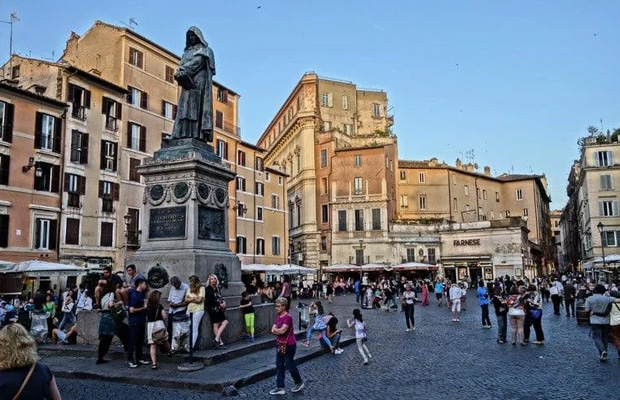Roman Forum
Roman Forum
Italy
Rome
Rome Travel Guide
Book Tour & Activities
Your tour in Rome.
Book your stay
Your hotel in Rome.
Overview
The Roman Forum, also known by its Latin name Forum Romanum, is a rectangular forum surrounded by the ruins of several important ancient government buildings at the center of the city of Rome.
The Roman Forum, also known by its Latin name Forum Romanum, is a rectangular forum surrounded by the ruins of several important ancient government buildings at the center of the city of Rome. Citizens of the ancient city referred to this space, originally a marketplace, as the Forum Magnum, or simply the Forum. For centuries the Forum was the center of day-to-day life in Rome: the site of triumphal processions and elections; the venue for public speeches, criminal trials, and gladiatorial matches; and the nucleus of commercial affairs. Here statues and monuments commemorated the city's great men. The teeming heart of ancient Rome, it has been called the most celebrated meeting place in the world, and in all history. Located in the small valley between the Palatine and Capitoline Hills, the Forum today is a sprawling ruin of architectural fragments and intermittent archaeological excavations attracting 4.5 million or more sightseers yearly. Many of the oldest and most important structures of the ancient city were located on or near the Forum. The Roman Kingdom's earliest shrines and temples were located on the southeastern edge.
Description
Unlike the later imperial fora in Rome—which were self-consciously modelled on the ancient Greek plateia (πλατεῖα) public plaza or town square—the Roman Forum developed gradually, organically, and piecemeal over many centuries. This is the case despite attempts, with some success, to impose some order there, by Sulla, Julius Caesar, Augustus and others. By the Imperial period, the large public buildings that crowded around the central square had reduced the open area to a rectangle of about 130 by 50 meters.
Its long dimension was oriented northwest to southeast and extended from the foot of the Capitoline Hill to that of the Velian Hill. The Forum's basilicas during the Imperial period—the Basilica Aemilia on the north and the Basilica Julia on the south—defined its long sides and its final form. The Forum proper included this square, the buildings facing it and, sometimes, an additional area (the Forum Adjectum) extending southeast as far as the Arch of Titus.
Originally, the site of the Forum had been a marshy lake where waters from the surrounding hills drained. This was drained by the Tarquins with the Cloaca Maxima.[7] Because of its location, sediments from both the flooding of the Tiber and the erosion of the surrounding hills have been raising the level of the Forum floor for centuries. Excavated sequences of remains of paving show that sediment eroded from the surrounding hills was already raising the level in early Republican times.
As the ground around buildings rose, residents simply paved over the debris that was too much to remove. Its final travertine paving, still visible, dates from the reign of Augustus. Excavations in the 19th century revealed one layer on top of another. The deepest level excavated was 3.60 meters above sea level. Archaeological finds show human activity at that level with the discovery of carbonized wood.
An important function of the Forum, during both Republican and Imperial times, was to serve as the culminating venue for the celebratory military processions known as Triumphs. Victorious generals entered the city by the western Triumphal Gate (Porta Triumphalis) and circumnavigated the Palatine Hill (counterclockwise) before proceeding from the Velian Hill down the Via Sacra and into the Forum.
From here they would mount the Capitoline Rise (Clivus Capitolinus) up to the Temple of Jupiter Optimus Maximus on the summit of the Capitol. Lavish public banquets ensued back down on the Forum.[9] (In addition to the Via Sacra, the Forum was accessed by a number of storied roads and streets, including the Vicus Jugarius, Vicus Tuscus, Argiletum, and Via Nova.)
A 4-min walk from the Capitoline Hill
Address: Via della Salara Vecchia, 5/6, 00186 Roma RM, Italy
Phone: +39 06 6998 4452
Video Travel Inspiration
See Roman Forum on Map
Most Popular Cities

Siem Reap
Cambodia
Ho Chi Minh City
Vietnam
Beijing
China
Paris
France
London
United Kingdom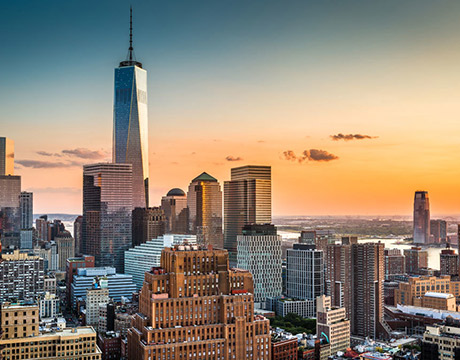
New York
USA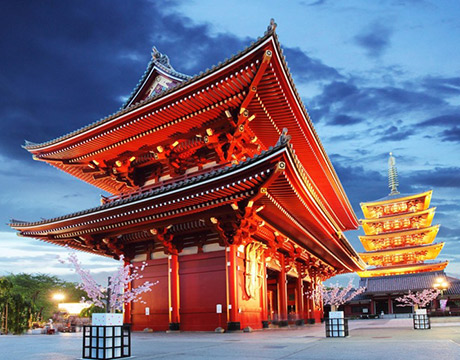
Tokyo
Japan
Bangkok
Thailand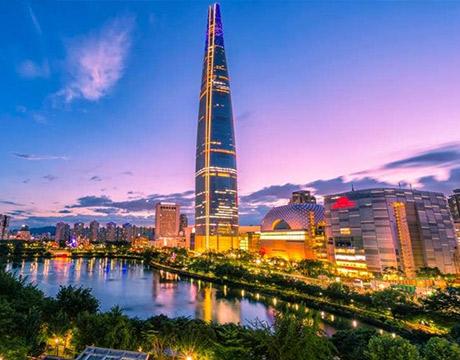
Seoul
South Korea
Vientiane
Laos
Yangon
Myanmar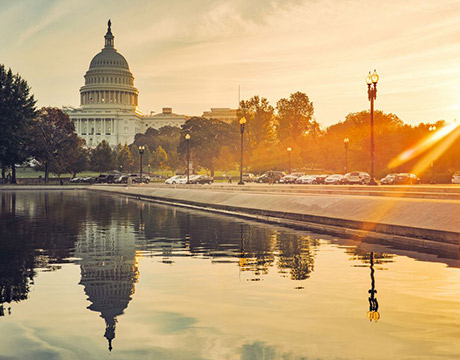
Washington DC
USA
Los Angeles
USA
Ottawa
Canada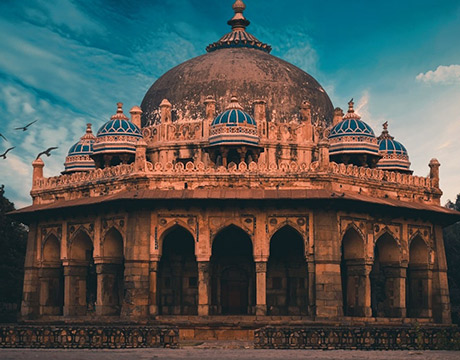
New Delhi
India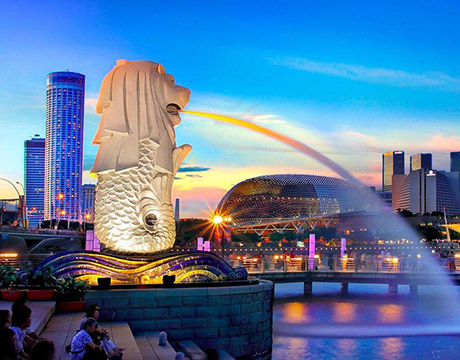
Singapore
Singapore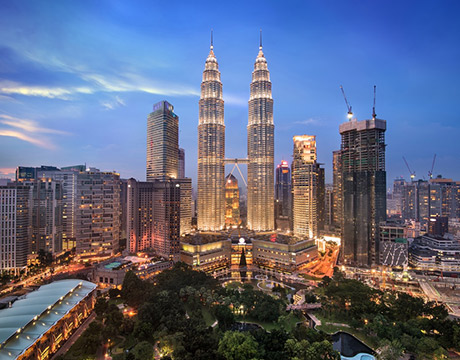
Kuala Lumpur
Malaysia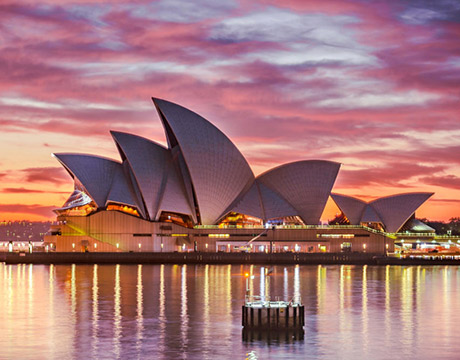
 English
English French
French Khmer
Khmer Thai
Thai Vietnamese
Vietnamese Chinese
Chinese Korean
Korean German
German Japanese
Japanese Italian
Italian Russian
Russian Spanish
Spanish Dutch
Dutch Indonesian
Indonesian Malay
Malay

